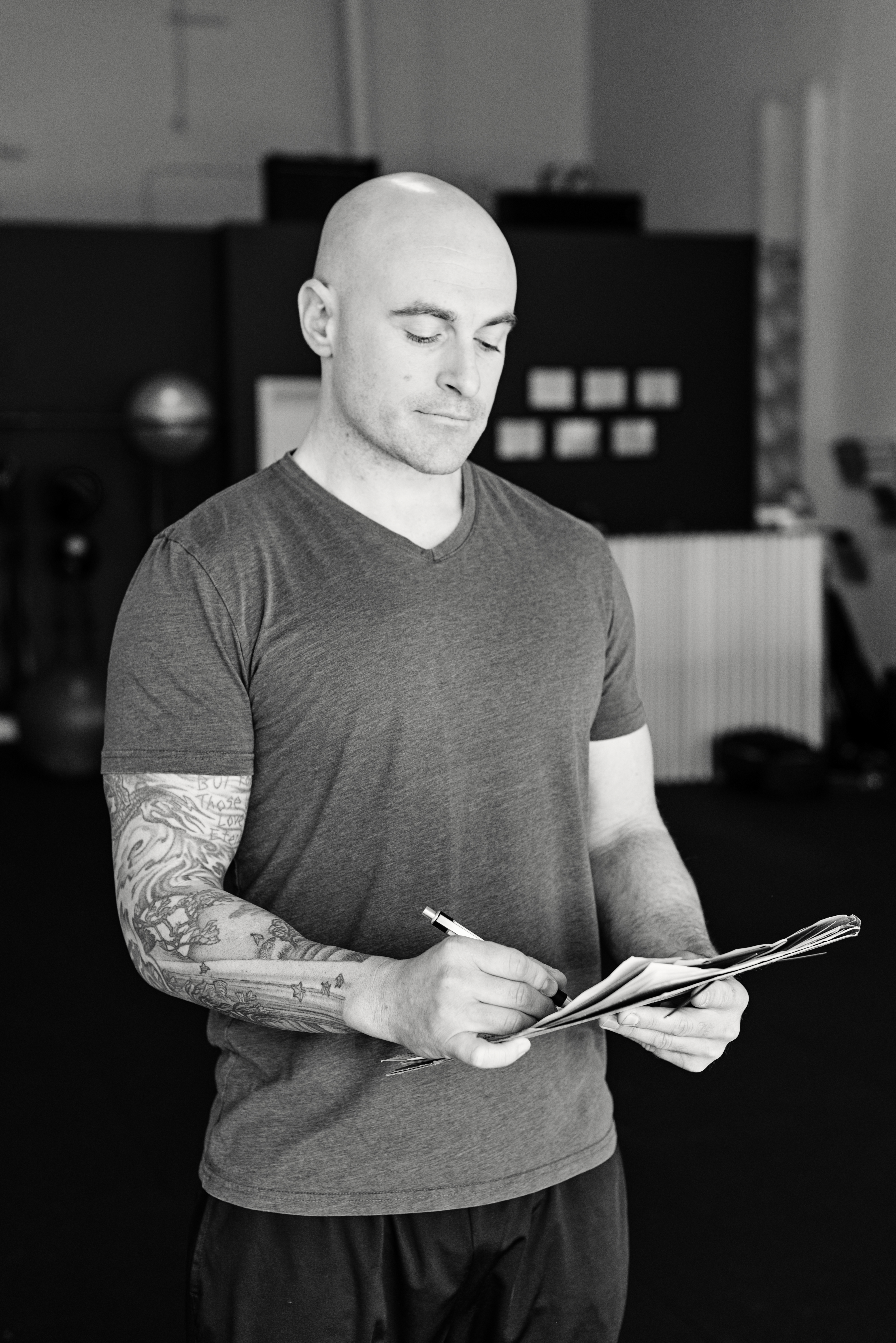The journeys throughout everyday life impose trials on our bodies and minds. Everything from sitting too much, making phone calls, or being hunched over a keyboard to the complete opposite of performing knuckle-dragging physical labor required for landscaping, painting houses, or framing doors in a home. If the body doesn’t consistently recover from strenuous bouts of the physical requirements of life, joints and muscles will hurt.
The good news is that the body is equipped with a healing mechanism to mitigate pain and dysfunction. The phenomenon exercise brings to joints, muscles, and chemical functions of the body is a panacea for bodily pain. Simply sprinkle a little exercise on the parts of the body that hurt and “voila,” your torn rotator cuff, bulging lumbar disc, and arthritic fingers are cured. It’s also essential to have a rigorous relationship with the truth about the wear and tear involved with the body. Only half of this statement is true, the part where the body produces healing properties via exercise. However, the magic pill of eliminating pain from our lives isn’t that easy to discover.
Exercise requires time, dedication, and strategy to get the most out of adding fitness as a component of health to our lives. Factors such as lack of compliance, redundant routines, and damaging exercises play roles in producing effective exercise routines. Intimidation or feeling awkward when entering a local gym can quickly prevent someone from developing an adherent exercise routine when using community gyms like INSHAPE or Plant Fitness as a resource to exercise. Additionally, the body won’t adapt to become stronger if we become complacent in our exercise routine and perform the same movements over and over again. Furthermore, “grinding through the pain” and forgoing exercise altogether won’t work either. Pain and physical dysfunction doesn’t simply go away. A body that heals is piloted by a person who devotes meticulous attention to detail by consistently nurturing the body and avoiding harmful factors that break down the body’s organs.
To get the most out of an exercise routine, a “laying of plans” is a potentially effective method to cultivate healing properties. To create a worthwhile plan, establishing at least a four-week layout helps develop a sense of direction in a fitness journey. First, pick exercises that can be performed competently. No one should be performing single-leg inverted pigeon stretches in a Yoga class when performing ten repetitions of bodyweight squats are a challenge. Next, assign how many sets and repetitions are a safe and effective dose for the exercises you want to achieve. Finally, make sure these exercises are engaging and enjoyable. Exercising isn’t effective if they make you drag your feet while doing them or have nightmares about performing planks the day before you plan a trip to the gym. The likelihood of an exercise routine continuing past a few weeks is little to none if it drones on and becomes dull. It’s essential to be picky when choosing exercises in your routine. The most effective exercise in the world can quickly become obsolete if the routine becomes mundane or causes more damage than when beginning the program.
Increasing productive stress on connective tissue throughout an exercise routine is important in conditioning the body toward optimal strength and longevity. For example, when performing resistance exercises such as squats, plank, or push-ups, increasing the workload each week for three weeks imposes gradual stress on the bones, ligaments, tendons, and muscles. This can be very productive when the training load volume is slightly increased each week. Training load volume can be defined as the increasing amount of repetition, resistance, or duration of a specific exercise.
With this increase in the challenge for a three-week cycle, it’s a good idea to have an unloading week. This is a week in which performing the same exercises, but with resistance equal to or less than the first week, will act as a destressing period for the body. After completing this four-week cycle, the body, more often than not, feels stronger. Additionally, after practicing the same routine for four weeks, the body will likely develop mastery and competency toward those specific exercises. This allows one to try another four weeks of new and slightly more challenging activities.
A variety of exercises is beneficial to the development of strong connective tissue. Yoga, Pilates, group fitness classes, and organized, well-planned resistance training create significant adaptations to the body. To get the most out of fitness routines, let’s remember to track our progress to avoid overuse injuries and develop strength in our connective tissue to last for the long term.
Sean McCawley, the founder and owner of Napa Tenacious Fitness in Napa, CA, welcomes questions and comments. Reach him at 707-287-2727, napatenacious@gmail.com, or visit the website napatenaciousfitness.com.

